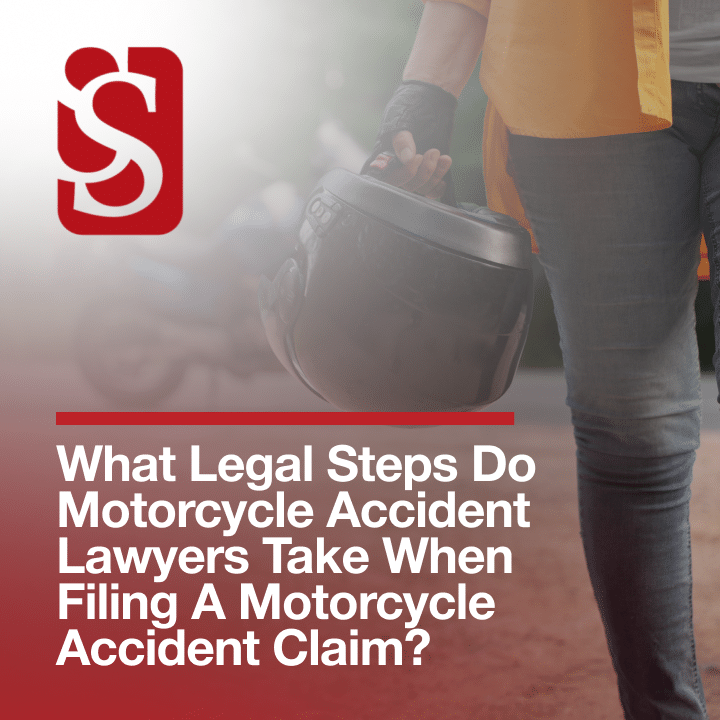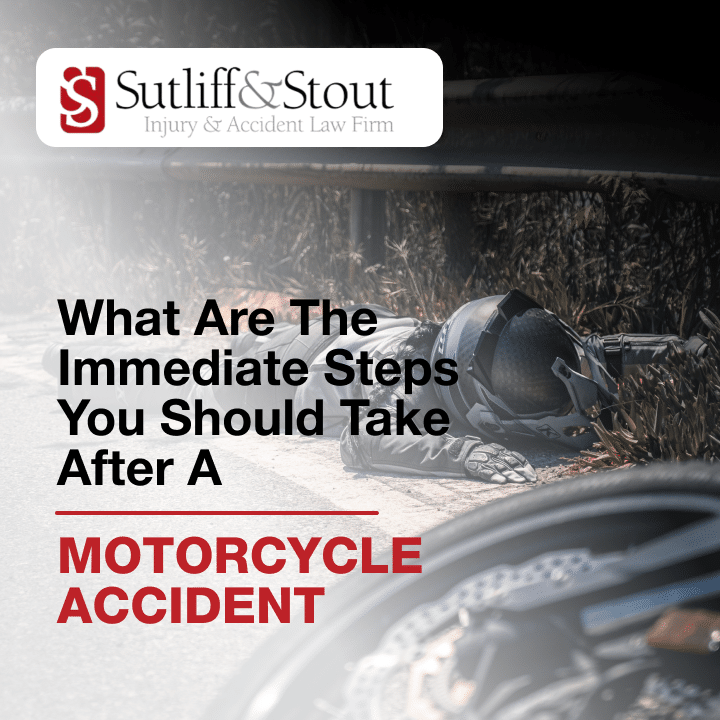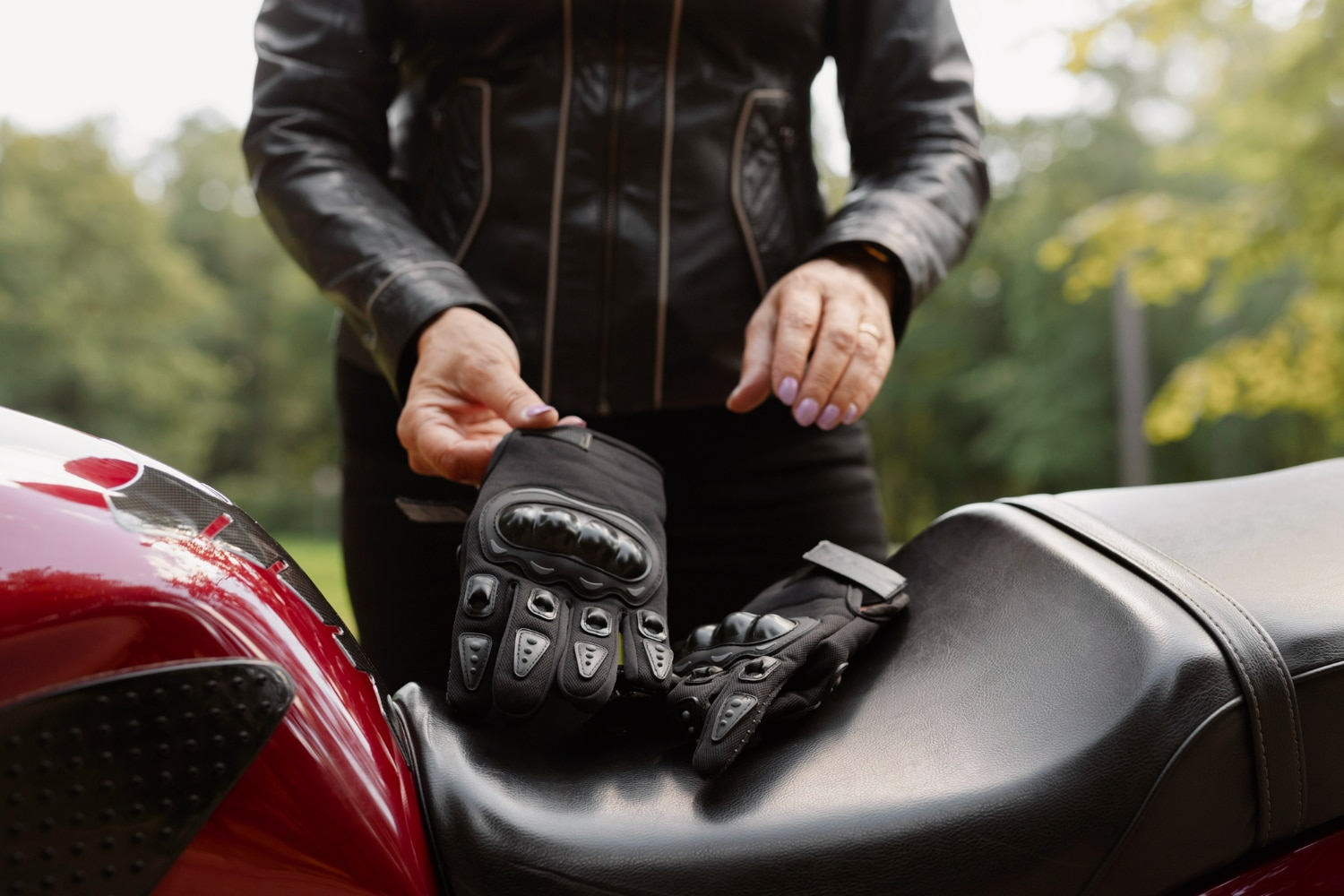When you are riding your bike through the busy streets and hit a wall of traffic, it is easy to look at the empty shoulder beside you and think, “Could I? Should I?” The temptation to skirt around the bumper-to-bumper gridlock is real. But is it legal to do so? Let’s examine this critical question.

Is it Legal to Pass on the Shoulder in Texas?
Shoulder surfing or using the emergency lane is generally not allowed, as per Texas Transportation Code, section 545.058, but exceptions exist. Here are some situations when you are allowed to drive on the shoulder to pass another vehicle on the right, but only if it is completely safe:
- To pull over to stand, stop, or park
- To slow down before making a right-hand turn
- To gain speed before merging into the main flow of traffic
- To go around a vehicle in front of you, that is either stopped, broken down, or preparing to turn left
- To make way for a faster car to overtake you
- To avoid a crash
- To follow the instructions of an official traffic sign or signal
Notice the word “vehicle” above. Motorcycles are considered vehicles under Texas law, so all these rules apply to them, too.
An improved or paved shoulder refers to the portion of the roadway adjacent to the main travel lanes but not designed for regular traffic. It is mainly made of the same material as the road itself — asphalt or concrete — and is meant to provide a safe area for emergency stops, breakdowns, or vehicles to pull over for other reasons.
This stretch of the road is created to be smooth and free of obstructions to allow the vehicle to pull off the road safely. You can usually spot it as marked by a solid white line. If you are thinking of riding on what looks like a dirt path next to the road, think again. That is not an improved shoulder; driving there could get you a ticket.
You are also allowed to use the left side if you are on a highway divided by a grassy median or if it is one of those highways with special on-and-off ramps. Again, there are specific situations in which you can do this:
- To avoid a collision
- To follow an official traffic-control device
- To slow down or stop when your bike is disabled and it is not safe to move to the right shoulder
Only some people have to follow these outer lane rules to the letter. Emergency vehicles, police patrols, bicycles, and slow-moving vehicles have different guidelines.
The Hidden Dangers of Side-Lane Riding
The emergency lane is not maintained like the central part of the road because it is not meant for regular vehicle use. As such, it is commonly littered with debris, gravel, and potholes. Hitting a patch of gravel or a bump at high speed can cause you to lose control of your bike in a split second.
Driving on an improved shoulder in Texas gives you little room for error. With less space to maneuver, your options are limited if you need to dodge an obstacle. You have less time to react, and that split-second delay can be the difference between a close call and a call to 911.
It is called an emergency lane because it is mainly for emergency vehicles to bypass traffic. If you are cruising down this stretch, and suddenly you hear sirens behind you, what will you do? You will need to merge back into the congested traffic quickly and safely, which is easier said than done.
This is why the law is so strict on the “shoulder riders”. It can get you slapped with a fine of up to several hundred dollars or points on your license. In some cases, it could cause your bike to be impounded. So ask yourself, is beating traffic worth all that trouble?

Have Questions? Get Answers from Our Legal Team
If you have been injured in an accident in Texas, our motorcycle injury attorneys at Sutliff & Stout Injury Car accident lawyer & Accident Law Firm are just one call away. Recognized by Texas Lawyer, National Trial Lawyers, and the Multi-Million Dollar Advocates Forum, we have an outstanding track record of winning large settlements and verdicts for injured victims.
We will provide you a free initial case review so you can get a clear picture of what your next steps should be. Complete this form or contact us at (281) 942-8694 to speak to a team member today.
- Bicycle Accident Compensation: What You Need To Know - July 3, 2025
- Understanding Wrongful Death Compensation in Texas: Types and Eligibility - June 15, 2025
- Understanding Car Accident Court Cases - June 2, 2025








 (713) 405-1263
(713) 405-1263  550 Post Oak Blvd, Suite 530
550 Post Oak Blvd, Suite 530